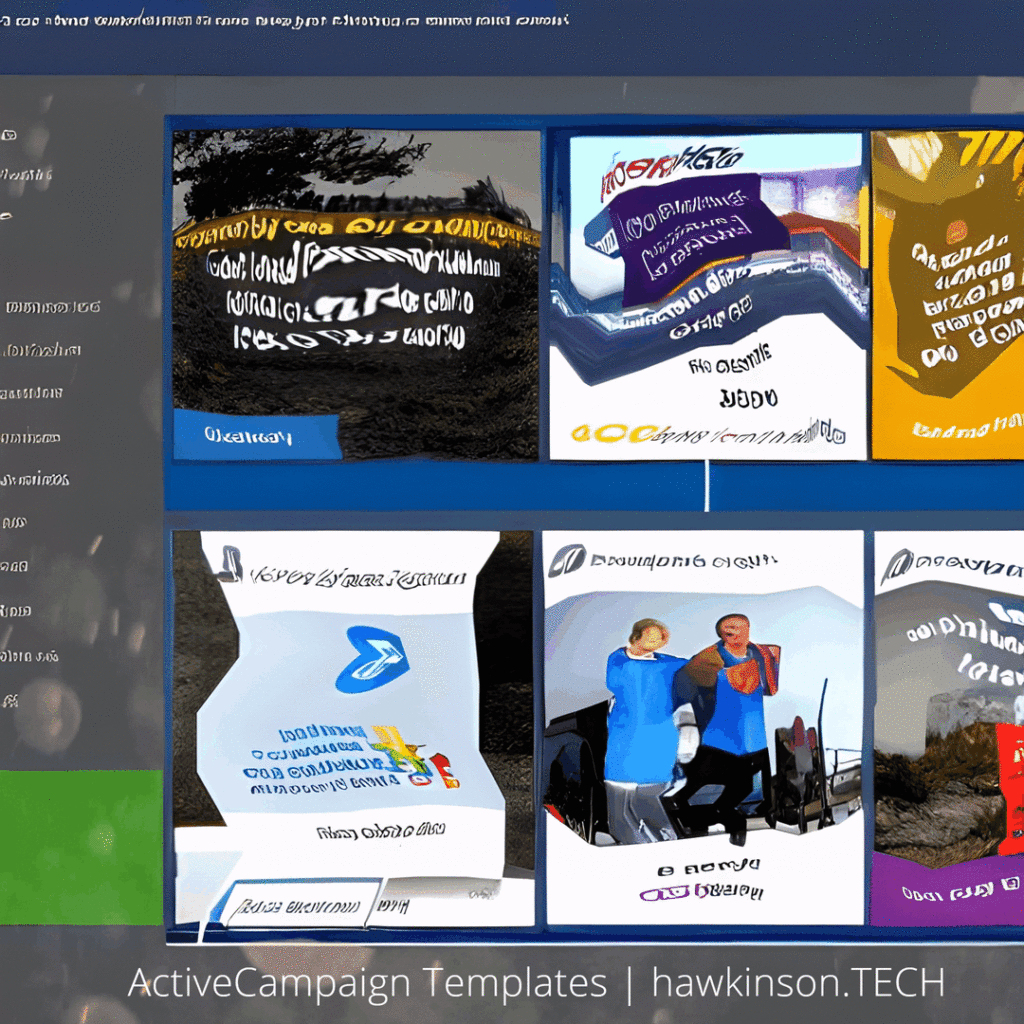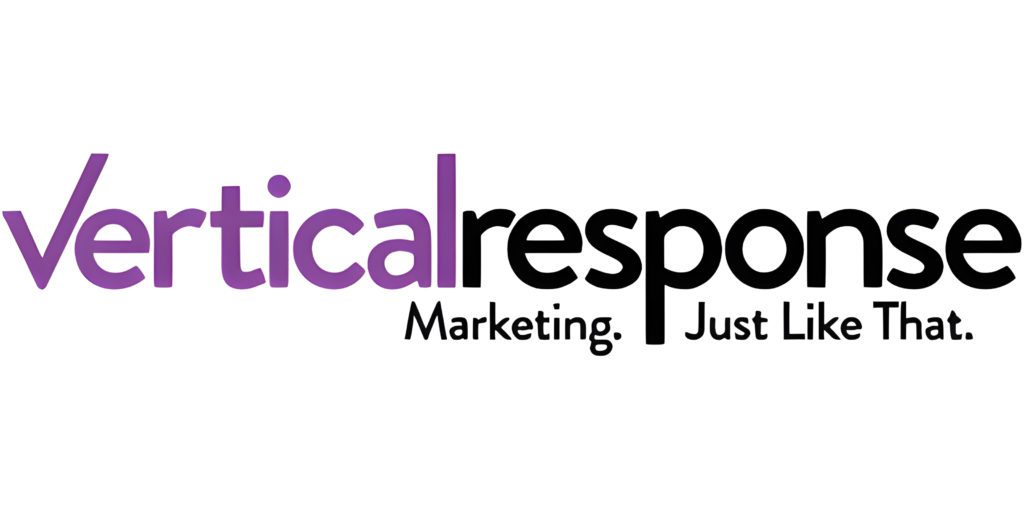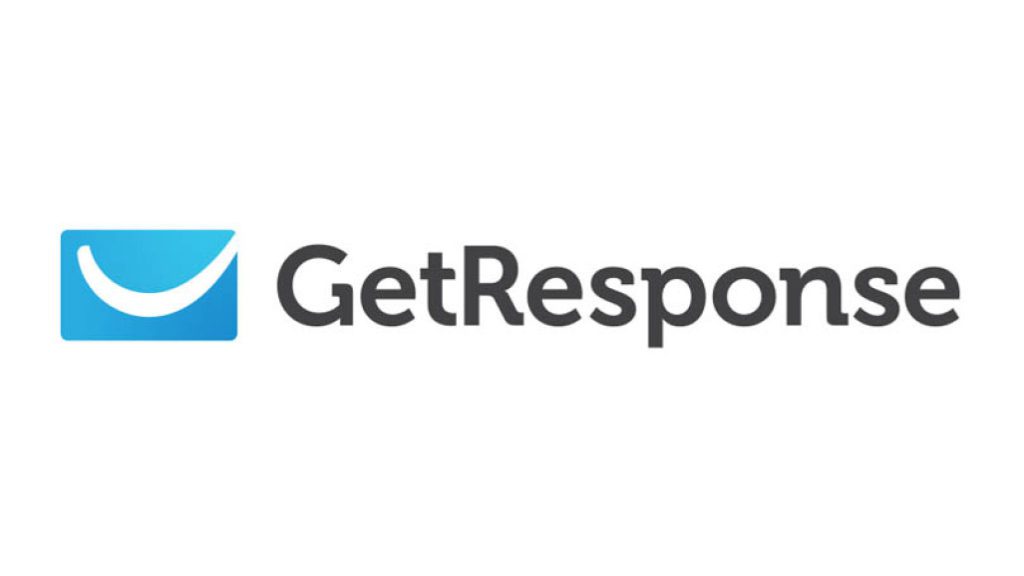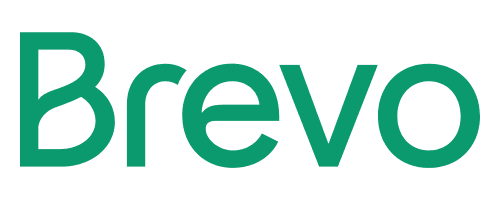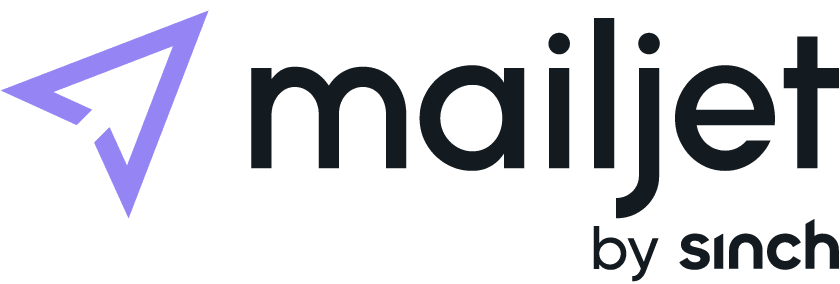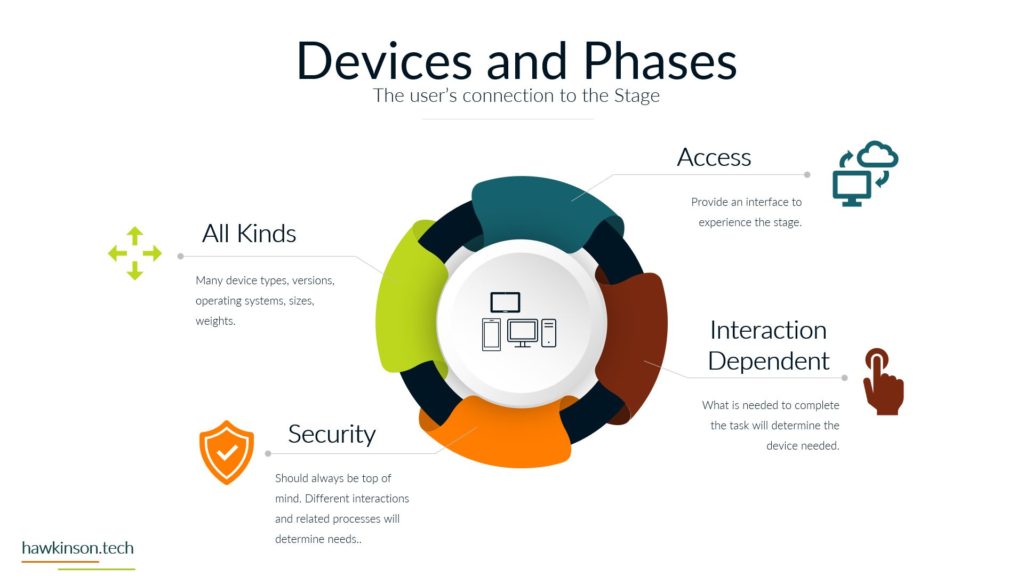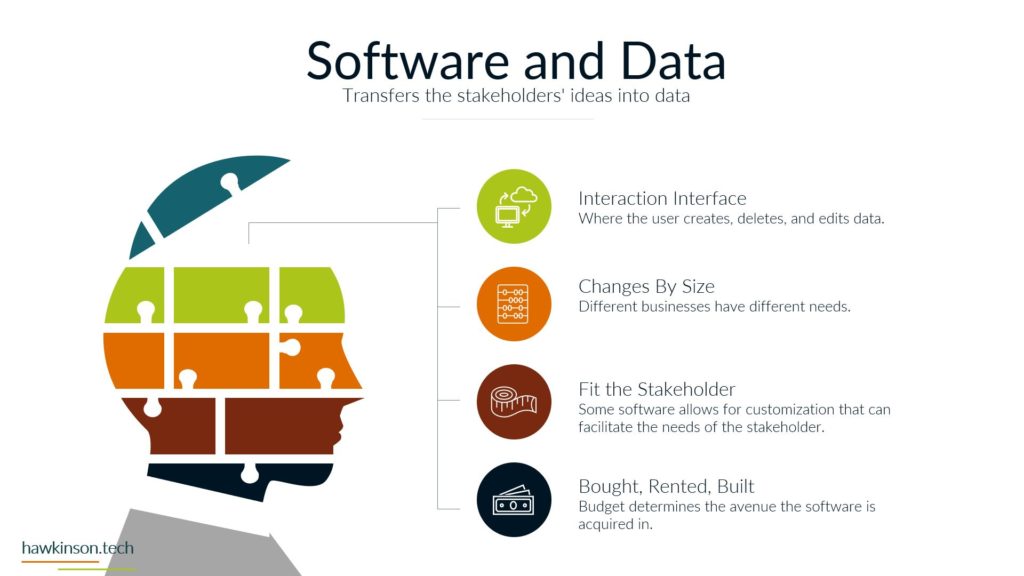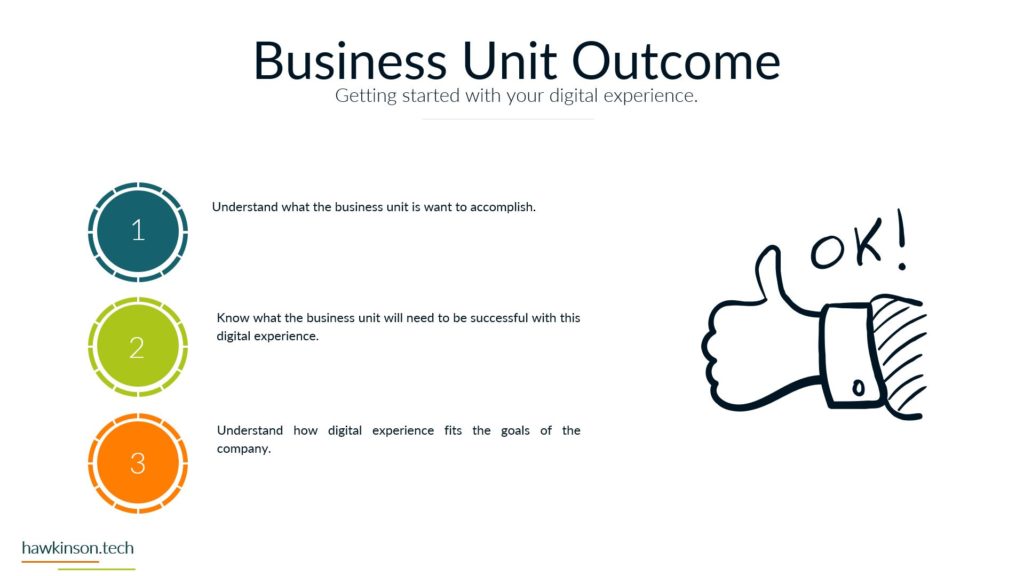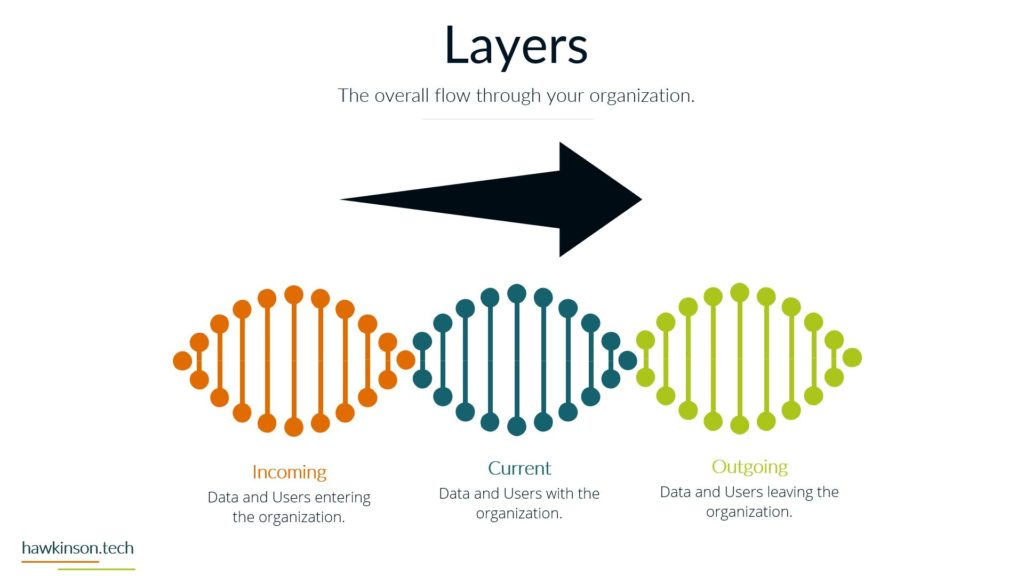Unlocking the Power of Email Marketing: Exploring its Definition and Impact
Understanding the Potent Role of Email Marketing in Digital Marketing
Email marketing has emerged as a stalwart strategy in the ever-evolving digital marketing landscape. Its enduring effectiveness and broad-reaching potential have made it a revered business tool. Email marketing involves strategically utilizing electronic mail to disseminate targeted messages to a predetermined audience. This approach nurtures and fortifies business relationships, engenders brand awareness, and fosters customer loyalty.
The Multifarious Benefits of Email Marketing
Email marketing boasts numerous benefits, making it an essential aspect of any comprehensive marketing strategy. One of its standout advantages lies in its unparalleled cost-effectiveness and high return on investment (ROI). Unlike traditional marketing channels that often incur exorbitant expenses, email marketing enables businesses to communicate with their audience at a fraction of the cost, accentuating a profound fiscal advantage.
Building Strong Customer Relationships Through Personalization
Another remarkable advantage of email marketing is its exceptional opportunity to build and nurture customer relationships. By harnessing the power of personalization and segmentation, businesses can tailor their messages to cater to their recipients’ unique preferences and inclinations, cultivating a sense of individualized attention and relevance. Consequently, this fosters a deep understanding of customer loyalty, augmenting repeat business and brand advocacy.
Leveraging the Reach and Targeting Potential of Email Marketing
The reach and targeting potential of email marketing could be more robust compared to other marketing strategies. Businesses can amass quality subscribers through an opt-in strategy, fostering a subscriber base primed for engagement. Subsequently, tailored messages can be curated for different segments, bolstering the marketing campaign’s efficacy.
Driving Sustainable Growth and Success through Email Marketing
Email marketing constitutes a pivotal facet of any comprehensive marketing strategy. Its multifaceted advantages propel businesses toward sustainable growth and resounding success. With its cost-effectiveness, ability to nurture customer relationships, and targeted approach, email marketing remains a powerful tool in the digital marketing arsenal.
By optimizing your email marketing efforts and embracing its potential, businesses can unlock remarkable opportunities for growth and establish a strong foothold in the competitive digital landscape.
Unveiling the Benefits of Email Marketing in Navigating the Digital Age
The Potent Force of Email Marketing in Digital Marketing Strategies
In the dynamic realm of digital marketing, email marketing reigns supreme as an indispensable and effective strategy, transcending time and trends. Its enduring prowess lies in driving results and fostering meaningful connections with audiences, making it a potent force for businesses seeking success in the digital age.
Unparalleled Cost-Effectiveness and High ROI: Key Advantages of Email Marketing
One of the foremost benefits of email marketing is its unparalleled cost-effectiveness and high return on investment (ROI). Unlike traditional marketing channels, email campaigns allow businesses to reach their target audience with minimal overhead costs, making it an economically astute choice for enterprises of all sizes.
Personalized Engagement in the Age of Information Overload
In the age of information overload, where consumers are inundated with marketing messages from all directions, email marketing offers a unique opportunity for personalized engagement. By segmenting audiences and tailoring content to individual preferences, businesses can cultivate a sense of exclusivity, captivating recipients with relevant and valuable information.
Direct Communication and Data-Driven Refinements
In the digital landscape characterized by fleeting attention spans, email marketing provides a steadfast means of direct communication, ensuring messages reach the intended recipients promptly. Furthermore, the integration of advanced analytics empowers businesses to track and measure the performance of their campaigns meticulously, enabling data-driven refinements for enhanced effectiveness.
Email Marketing: A Linchpin in the Modern Marketing Toolkit
Email marketing is a linchpin in the modern marketing toolkit, propelling businesses toward success by delivering targeted, personalized, and measurable outreach. As the digital age continues to evolve, harnessing the potential of email marketing remains imperative for those seeking to thrive in the competitive digital landscape.
By leveraging the powerful benefits of email marketing, businesses can navigate the challenges of the digital age, connect meaningfully with their audiences, and achieve sustainable growth in an ever-changing market environment. Embracing this dynamic strategy ensures a competitive edge and long-term success in the digital era.
Benefit 1 of Email Marketing – Cost-Effectiveness and High ROI
Unveiling the Power of Email Marketing: Cost-Effectiveness and Impressive ROI
Businesses continuously seek effective marketing strategies to achieve commendable ROI while maintaining cost-effectiveness. Email marketing emerges as a clear frontrunner among digital marketing approaches, offering a compelling combination of affordability and impressive returns. This makes it an indispensable tool for businesses of all sizes.
Reaching a Diverse Audience at a Fraction of the Cost
One of the primary benefits of email marketing lies in its ability to reach a large and diverse audience without breaking the bank. Unlike traditional marketing channels that demand substantial financial investments for advertising space or airtime, email marketing allows businesses to communicate directly with their audience at a fraction of the cost. From small startups to multinational corporations, this level playing field enables companies to allocate their marketing budgets more efficiently, unlocking the potential for further growth and innovation.
Data-Driven Decisions for Enhanced ROI
Moreover, the inherent trackability of email campaigns empowers businesses to gauge their performance accurately. Advanced analytics provide insightful metrics such as open rates, click-through rates, and conversion rates. With this data, marketers can assess the efficacy of their campaigns and make data-driven decisions to optimize future strategies, leading to a higher ROI.
Email Marketing – A Wise Investment for Lasting Connections and Substantial Returns
The remarkable cost-effectiveness and high ROI of email marketing render it a wise investment for businesses aiming to boost their marketing efforts. By harnessing the potential of this digital tool, enterprises can forge lasting connections with their audience while reaping substantial returns on their marketing endeavors.
By leveraging the cost-effectiveness and impressive ROI of email marketing, businesses can enhance their marketing reach and make data-driven decisions that pave the way for long-term success in the digital landscape. Embracing email marketing as a core strategy unlocks the potential for growth and profitability in the ever-evolving business landscape.
Benefit 2 of Email Marketing – Building and Nurturing Customer Relationships
Fostering Long-Term Success through Customer Relationships in the Digital Age
In today’s era of abundant consumer choices, establishing and nurturing authentic customer relationships has become paramount for businesses aiming for long-term success. As an integral facet of modern marketing, email marketing emerges as a potent tool for building meaningful connections with the audience, unlocking its true benefit in fostering brand loyalty and advocacy.
Personalized and Engaging Experiences: The Power of Email Marketing
One of the primary goals of email marketing is to create personalized and engaging experiences for each recipient. By leveraging advanced segmentation techniques, businesses can categorize their audience based on demographics, behavior, and preferences. This segmentation allows for targeted and relevant content delivery, resonating with individual recipients personally.
Two-Way Communication for Enhanced Engagement
Furthermore, email marketing offers a seamless platform for two-way communication. Encouraging recipients to provide feedback, respond to surveys, or engage in social media interactions nurtures a sense of belonging and active participation in the brand community.
The Art of Storytelling for Building Trust
Another key aspect of nurturing customer relationships through email marketing is the art of storytelling. Crafted thoughtfully, email campaigns can share brand stories, values, and success narratives, instilling trust and a sense of emotional connection with the audience.
Deepening Engagement and Fostering Loyalty
By consistently providing valuable content, exclusive offers, and personalized recommendations, businesses can deepen customer engagement and foster long-term loyalty. This sense of loyalty translates into increased customer retention, repeat purchases, and enthusiastic brand advocacy.
Unlocking the True Potential of Email Marketing
Building and nurturing customer relationships through email marketing is a strategic endeavor that reaps rewards far beyond short-term gains. By prioritizing personalization, engagement, and trust-building, businesses can unlock the true potential of email marketing as a cornerstone for fostering genuine and enduring customer relationships.
By focusing on the benefits of email marketing in nurturing customer relationships, businesses can create meaningful connections with their audience, foster loyalty, and strengthen their brand position in the competitive digital landscape. Embracing email marketing as a customer-centric strategy ensures long-term success and sustainable growth in the ever-evolving business world.
Benefit 3 of Email Marketing – Increased Reach and Precise Targeting
Expanding Horizons: The Power of Increased Reach in Email Marketing
In the dynamic world of digital marketing, the benefit of email marketing shines through its ability to provide businesses with an expanded reach. Leveraging advanced strategies, email marketing allows brands to connect with their audience like never before, driving engagement and fostering meaningful relationships.
Breaking Geographical Boundaries: Global Communication Made Easy
Firstly, email marketing extends a brand’s reach far and wide, quickly crossing geographical boundaries and time zones. With a button click, businesses can instantly communicate with their global audience, delivering personalized messages that transcend physical limitations.
Precision Targeting for Enhanced Engagement
Moreover, email marketing empowers businesses with unparalleled targeting precision. Through strategic segmentation, marketers can categorize their audience based on demographics, behavior, interests, and more. This allows for creating highly relevant and personalized content that resonates with specific segments, resulting in increased open and click-through rates.
Delivering the Right Message at the Right Time
Additionally, email marketing enables businesses to reach customers at the optimal moment in their customer journey. By understanding their preferences and behaviors, marketers can send timely emails that deliver the right message at the right time, maximizing the impact of their communication.
Harnessing the True Potential of Email Marketing
The combined power of increased reach and precise targeting in email marketing paves the way for enhanced engagement and tremendous success. By employing these strategies, businesses can harness the true potential of email marketing to connect with their audience on a deeper level and drive positive outcomes for their brand.
By leveraging the benefits of increased reach and precise email targeting, businesses can amplify their marketing efforts, establish stronger connections with their audience, and achieve significant results. Embracing these tactics ensures email marketing remains a strategic pillar in driving success and growth in the ever-evolving digital landscape.
Benefit 4 of Email Marketing – Tracking and Measuring Performance
Data-Driven Strategies: Unleashing the True Benefit of Email Marketing
In the ever-evolving email marketing landscape, data-driven strategies are the key to unlocking its benefit. Tracking and measuring performance enable businesses to glean valuable insights into the effectiveness of their email campaigns, empowering them to optimize their strategies for maximum impact.
Comprehensive Metrics for Effective Analysis
Sophisticated analytics tools offer a wealth of data, providing marketers with comprehensive metrics such as open rates, click-through rates, bounce rates, and conversion rates. By closely monitoring these key performance indicators (KPIs), businesses can assess the engagement levels of their emails and refine their content accordingly.
A/B Testing for Data-Driven Decisions
A/B testing, a powerful experimentation technique, allows marketers to test different email elements, such as subject lines, CTAs, or visuals. This process helps identify which variations resonate best with the audience, enabling data-driven decisions and continuous improvement.
Gaining Holistic Insights through Email Tracking and Website Analytics
Furthermore, tracking user behavior beyond the email click is essential. By integrating email tracking with website analytics, businesses can gain a holistic view of their customer’s journey, from email engagement to website interactions and conversions. This seamless integration provides a deeper understanding of customer preferences and helps shape future email campaigns.
Continuous Optimization for Impressive Results
Tracking and measuring performance are critical components of a successful email marketing strategy. By harnessing the power of data, businesses can continuously optimize their campaigns, deliver more engaging content, and forge stronger connections with their audience, ultimately driving impressive results and realizing the full potential of email marketing.
By tracking and measuring email marketing campaigns’ performance, businesses can refine their strategies, deliver more targeted content, and improve their overall marketing efforts. Embracing data-driven decision-making ensures email marketing remains a powerful tool for companies seeking remarkable results in the ever-changing digital landscape.
Benefit 5 of Email Marketing – Enhancing Brand Awareness and Credibility
Building a Strong Brand Presence with Email Marketing
Building a solid brand presence is essential for businesses to thrive in the vast digital landscape. Email marketing offers a powerful platform to enhance brand awareness and credibility, unlocking the true benefit of email marketing in establishing meaningful connections with the audience.
Brand Awareness through Consistent Branding
Email marketing enables businesses to showcase their brand identity through well-designed and branded emails consistently. A consistent brand voice, colors, and imagery fosters recognition and reinforces the brand’s unique value proposition.
Establishing Industry Expertise and Thought Leadership
Businesses can be industry experts and thought leaders by delivering valuable and engaging content. Educational newsletters, insightful blog articles, and exclusive updates provide value to recipients, keeping the brand top-of-mind and reinforcing brand awareness.
Demonstrating Trustworthiness through Personalization
Personalization and segmentation allow businesses to deliver targeted and relevant content to recipients. Tailoring messages based on recipients’ preferences and behaviors demonstrates a deep understanding of their needs, instilling trust and credibility.
Social Proof for Building Trust and Credibility
Customer testimonials and success stories shared through emails provide social proof of the brand’s value and impact. Positive feedback from satisfied customers adds to the brand’s credibility and builds trust with potential customers.
Powering Success through Email Marketing
In conclusion, email marketing is a powerful tool for enhancing brand awareness and credibility. By consistently showcasing the brand’s identity, delivering valuable content, and utilizing personalization, businesses can establish a strong brand presence, foster lasting relationships with customers, and drive success in the competitive digital landscape.
By focusing on the benefits of email marketing in enhancing brand awareness and credibility, businesses can strengthen their position in the market, gain the trust of their audience, and create a lasting impact on their customers. Embracing email marketing as a strategic approach ensures long-term success and growth in the ever-evolving business world.
Benefit 6 of Email Marketing – Driving Conversions and Sales
The Remarkable Ability of Email Marketing to Drive Conversions
In the dynamic landscape of digital marketing, the true benefit of email marketing shines through its remarkable ability to drive conversions and boost sales. As a powerful and cost-effective strategy, email marketing holds the potential to not only engage customers but also nudge them towards taking desirable actions, ultimately leading to increased conversions and revenue.
Compelling CTAs: Triggering Conversions through Well-Crafted Call-to-Actions
Crafted precisely, Call-to-Action (CTA) buttons are strategically placed within emails to encourage recipients to take the next step. Whether purchasing, signing up for a webinar, or exploring new products, well-designed CTAs effectively trigger conversions.
Personalization: Tailoring the Email Experience for Higher Conversion Rates
Utilizing customer data for personalized email content creates a tailored experience that resonates with individual preferences. Personalized product recommendations and exclusive offers entice recipients and drive them toward making a purchase.
Abandoned Cart Recovery: Turning Abandoned Carts into Successful Sales
Email marketing can be instrumental in recovering abandoned carts. By sending timely reminders or offering incentives, businesses can bring back potential customers and convert abandoned carts into successful sales.
FOMO-Driven Conversions with Limited-Time Offers
Implementing urgency and scarcity through limited-time offers and flash sales creates a sense of FOMO (Fear of Missing Out), prompting recipients to act swiftly and increase conversions.
Cultivating Repeat Purchases and Brand Loyalty
Order Follow-ups: Post-purchase emails expressing gratitude and providing helpful information, such as tracking details and product guides, enhance customer satisfaction and encourage repeat purchases and brand loyalty.
Enhanced Engagement through Customer Segmentation
Customer Segmentation: Segmentation allows businesses to send targeted emails to specific customer segments based on their behavior and preferences. Relevant and tailored content enhances engagement, driving conversions.
Realizing Remarkable Results with Email Marketing
Email marketing is a powerful tool for driving conversions and boosting sales. By employing compelling CTAs, leveraging personalization, recovering abandoned carts, utilizing limited-time offers, and implementing customer segmentation, businesses can harness the full potential of email marketing to achieve remarkable results and drive growth in the competitive digital marketplace.
By focusing on the benefits of email marketing in driving conversions and sales, businesses can optimize their email campaigns, increase customer engagement, and achieve remarkable results. Embracing email marketing as a strategic approach ensures sustainable growth and success in the ever-evolving business world.
Benefit 7 of Email Marketing – Supporting Multi-Channel Marketing
Maximizing Reach and Impact through Multi-Channel Marketing
In the ever-evolving digital marketing landscape, supporting multi-channel marketing has emerged as a game-changer for businesses seeking to maximize their reach and impact. Multi-channel marketing refers to engaging with customers through various platforms and touchpoints, creating a seamless and immersive experience. By incorporating diverse channels, businesses can effectively connect with their target audience and strengthen their brand presence.
Personalized and Direct Communication with Email Marketing
Email marketing empowers businesses to create highly personalized and targeted messages for their audiences. Through strategic segmentation, marketers can divide their subscriber base into distinct groups based on demographics, purchase history, preferences, and behavior. This segmentation enables tailored content delivery, ensuring each recipient receives messages relevant to their interests and needs.
Personalization goes beyond merely addressing recipients by name; it extends to delivering content that resonates with their tastes and preferences. By crafting email campaigns that cater to the unique characteristics of each segment, businesses can create a sense of individual attention and care, strengthening customer relationships.
Building Brand Loyalty through Social Media Marketing
Social media marketing is crucial in building brand loyalty by allowing businesses to connect and engage with their customers on popular social media platforms. These platforms provide a direct and interactive channel for businesses to interact with their audience, share valuable content, and build a community of loyal followers. Through regular updates, engaging posts, and meaningful interactions, businesses can create a solid emotional connection with their customers, fostering brand loyalty.
Moreover, integrating social media marketing with email marketing amplifies the impact of both strategies. Businesses can promote their email subscriptions on social media, encouraging followers to join their email list and receive exclusive offers and updates. Conversely, email campaigns can include links to social media profiles, encouraging recipients to follow and engage with the brand on various social platforms. This cross-channel promotion ensures consistent messaging and reinforces the brand’s presence across different touchpoints, further solidifying brand loyalty.
Driving Traffic with Valuable Content Marketing
Content marketing is a powerful traffic driver by providing valuable and informative content that attracts and engages audiences. Businesses can offer their target audience valuable insights, solutions, and entertainment through various content formats such as blogs, videos, infographics, and eBooks. High-quality and shareable content enhances brand credibility and encourages users to share it with their networks, driving organic traffic to websites and social media platforms.
Integrating content marketing with email marketing creates a cohesive strategy that nurtures customer relationships. Businesses can use email campaigns to share their latest blog posts, video content, or downloadable resources with their subscribers. By delivering content directly to the inbox of interested recipients, businesses increase the likelihood of content consumption, engagement, and sharing. This integration reinforces the brand’s expertise, keeps the audience informed, and nurtures their interest, driving increased traffic and brand visibility.
Amplifying Visibility with Paid Advertising
Paid advertising, such as Google Ads and social media ads, amplifies brand visibility and reaches a broader audience. By strategically targeting specific demographics, interests, and behaviors, businesses can increase their brand exposure to potential customers who might have yet to discover them organically.
Integrating paid advertising efforts with email marketing helps nurture leads generated through ad campaigns. Businesses can use email campaigns to deliver personalized messages and offers to users who have interacted with their ads or visited their websites. By remarketing to these leads through email, businesses can reinforce their brand message, build trust, and encourage conversions. This integration ensures that the impact of paid advertising is maximized, driving more qualified traffic to the website and increasing the likelihood of conversion.
Seamless Experience with Mobile Marketing
Mobile marketing optimization is crucial in today’s digital landscape, as most users access content and emails through smartphones and tablets. Optimizing marketing efforts for mobile devices ensures a seamless and user-friendly experience for on-the-go audiences, improving engagement and conversion rates.
Mobile optimization is especially relevant for email marketing, as emails that are not mobile-responsive may appear distorted or challenging to read on smaller screens. By designing mobile-responsive emails, businesses ensure their messages are easily accessible and visually appealing across all devices. This seamless experience enhances user engagement and increases the likelihood of users taking the desired actions prompted by email campaigns.
Gaining Credibility through Influencer Marketing
Influencer marketing has become a significant component of modern marketing strategies, allowing businesses to tap into niche audiences and gain credibility through trusted endorsements. Partnering with influencers who align with the brand’s values and target audience enables businesses to access a more targeted and engaged group of potential customers.
Influencers have established authority and trust within their specific niches, and their recommendations carry significant weight with their followers. Businesses can gain credibility and reach a wider audience by collaborating with influencers to promote products or services. Influencers’ endorsements provide social proof and reinforce the brand’s reputation, increasing brand trust and consumer loyalty.
Integrating influencer marketing with email marketing creates a powerful combination that drives authentic engagement and conversion. Businesses can leverage influencer partnerships in email campaigns, introducing their audience to the influencer’s content or exclusive offers. This collaboration extends the brand’s reach to the influencer’s followers and provides a sense of endorsement, bolstering the brand’s credibility and driving interest in the products or services offered.
The Power of Comprehensive Marketing Strategy
In conclusion, supporting multi-channel marketing empowers businesses to engage with their audience through various channels, extending their brand presence and driving success. By integrating email marketing, social media marketing, content marketing, paid advertising, mobile marketing, and influencer marketing, businesses can create a comprehensive and cohesive marketing strategy that delivers remarkable results in the competitive digital landscape.
By focusing on the benefits of email marketing in supporting multi-channel marketing efforts, businesses can create a well-rounded marketing approach that effectively engages their audience across different platforms and drives impressive results. Embracing multi-channel strategies ensures a stronger brand presence and sustained success in the ever-changing digital world.
The Benefits of Email Marketing: A Recap of its Remarkable Advantages
In the ever-evolving world of digital marketing, one strategy has remained a steadfast pillar of success: email marketing. Leveraging the power of email to connect with customers and prospects has proven to be a game-changer for businesses across industries.
The Benefit of Targeted and Personalized Content Delivery
The benefit of email marketing lies in its unparalleled ability to deliver targeted and personalized content directly to the recipient’s inboxes. This direct line of communication ensures that your message reaches the right audience, increasing the likelihood of engagement and conversions. Businesses can create meaningful interactions that resonate with individual preferences and needs by segmenting audiences and crafting tailored messages.
Cost-Effectiveness and High Return on Investment (ROI)
Moreover, email marketing is cost-effective, offering a higher return on investment than many other marketing channels. With low overhead costs and the potential to reach a vast audience, businesses can optimize their marketing budget for maximum impact. Unlike traditional marketing methods that incur high expenses for advertising space or airtime, email campaigns allow companies to communicate with their audience at a fraction of the cost, accentuating a profound fiscal advantage.
Data-Driven Insights for Continuous Improvement
Data-driven insights are another invaluable advantage of email marketing. Tracking metrics such as open rates, click-through rates, and subscriber behavior allows businesses to fine-tune their campaigns, improving performance over time. With access to comprehensive analytics, marketers can gain valuable insights into customer preferences, behaviors, and engagement patterns, enabling data-driven decision-making and continuous refinement of their email marketing strategies.
Seamless Integration with Multi-Channel Marketing
Additionally, email marketing seamlessly integrates with other marketing efforts, reinforcing brand messaging and enhancing overall marketing effectiveness. Businesses create a cohesive and holistic marketing strategy that nurtures customer relationships across different touchpoints by aligning email campaigns with social media marketing, content marketing, paid advertising, and other channels.
A Powerful and Versatile Asset for Business Growth
Email marketing is a versatile and powerful tool that should be noticed in any marketing strategy. Its ability to reach targeted audiences, cost-effectiveness, and data-driven approach make it an indispensable asset for businesses looking to grow and thrive in the digital landscape. By harnessing the benefits of email marketing, companies can forge lasting connections with their audience, drive engagement, and achieve remarkable results in today’s competitive marketplace.







